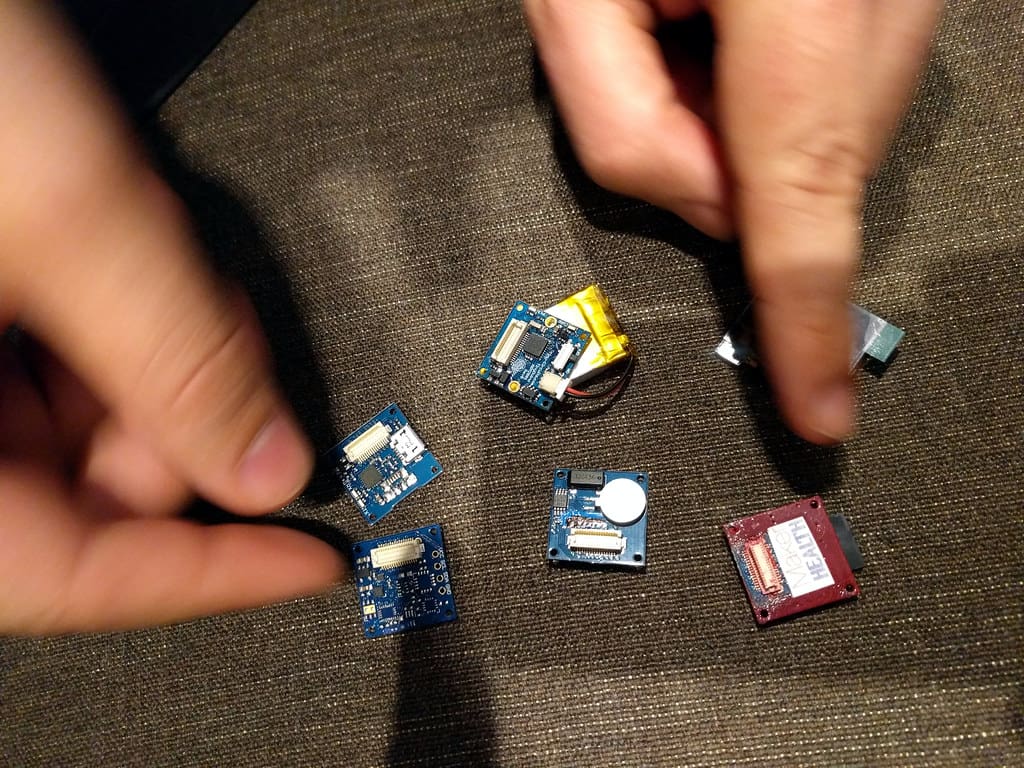Hardware engineering, encompassing the design, development, and testing of physical components in various industries, is experiencing a revolution through the integration of 3D printing technology. This transformative approach to manufacturing allows for unprecedented levels of precision, customization, and efficiency in the production of hardware components. From the automotive to the aerospace sectors, 3D printing is proving to be a game-changer, offering innovative solutions that traditional manufacturing methods cannot achieve.
3D Printing in Hardware Engineering
Initially recognized for its prototyping capabilities, 3D printing has rapidly advanced to encompass the production of end-use hardware components across various industries. This technology, also known as additive manufacturing, builds parts layer by layer, allowing for complex geometries and the integration of multiple functions into single, seamless designs. Today, 3D printing is not just a tool for creating models but a fundamental part of the hardware manufacturing process, driving advancements in design, functionality, and material use.

Advantages of 3D Printing in Hardware Engineering
Enhanced Design Flexibility: 3D printing allows hardware engineers to explore complex designs that were previously impossible or too costly to produce. This includes components with intricate internal structures, customized geometries, and advanced material composites that improve performance and functionality.
Rapid Prototyping and Iteration: The ability to quickly produce prototypes and test them under real conditions accelerates the development process, enabling faster iterations and optimizations. This rapid turnaround is crucial for staying competitive in industries where technology evolves quickly.
Cost Reduction: Traditional manufacturing methods often require expensive molds, dies, and specialized tooling. 3D printing eliminates many of these costs, making it economical to produce small batches of parts or to manufacture complex designs without additional expense.
Material Efficiency: 3D printing is inherently less wasteful than subtractive manufacturing processes. By using only the material necessary to build a part, it reduces waste and often lowers the overall material costs associated with manufacturing.
Key Applications of 3D Printing in Hardware Engineering
Automotive Components: In the automotive industry, 3D printing is used to produce lightweight components that reduce overall vehicle weight and improve fuel efficiency. Examples include complex engine parts, customized interiors, and aerodynamic elements that can be optimized for specific performance criteria.
Aerospace Parts: Aerospace engineers utilize 3D printing to create parts that withstand extreme conditions while minimizing weight. This includes turbine blades, bracketing for spacecraft, and even parts for the interior cabins of aircraft.
Medical Devices: In the medical field, hardware engineering with 3D printing focuses on creating customized prosthetics, implants, and surgical tools that are tailored to individual patients. These devices are designed for better compatibility and functionality, enhancing patient outcomes.
Robotics and Automation: Robotics systems benefit significantly from 3D printing due to the requirement for parts that are both lightweight and strong. Additionally, the ability to rapidly prototype robot components accelerates the development and deployment of automated systems.

Challenges in 3D Printing for Hardware Engineering
Despite its significant benefits, 3D printing faces challenges in its integration into mainstream hardware engineering:
Material Properties: While 3D printing offers a range of material options, finding materials that meet specific industry standards for durability, strength, and environmental resistance can be challenging. The development of new materials that can fulfill these requirements is critical.
Scalability: Although 3D printing is ideal for prototyping and small production runs, scaling up to large volumes can be economically and logistically challenging. Achieving cost-efficiency at scale remains a hurdle for broader adoption.
Quality and Consistency: Ensuring the consistency and quality of 3D-printed parts across batches is essential, especially for industries where safety is paramount. Standardizing quality control processes and achieving regulatory approval can be complex.
Future Directions in 3D Printing for Hardware Engineering
The future of 3D printing in hardware engineering is promising, with ongoing advancements expected to address current limitations. Innovations in printer technologies, materials science, and digital design tools are likely to enhance the capabilities and applications of 3D printing. As these technologies mature, 3D printing is expected to become more integrated into production lines, further transforming manufacturing processes.
3D printing is set to continue its trajectory as a disruptive force in hardware engineering, offering solutions that enhance the efficiency, customization, and innovation of hardware manufacturing. As the technology advances, it promises to unlock new possibilities in design and production, fundamentally changing how industries approach the development and manufacturing of hardware components.








